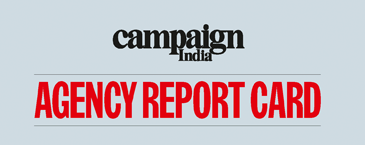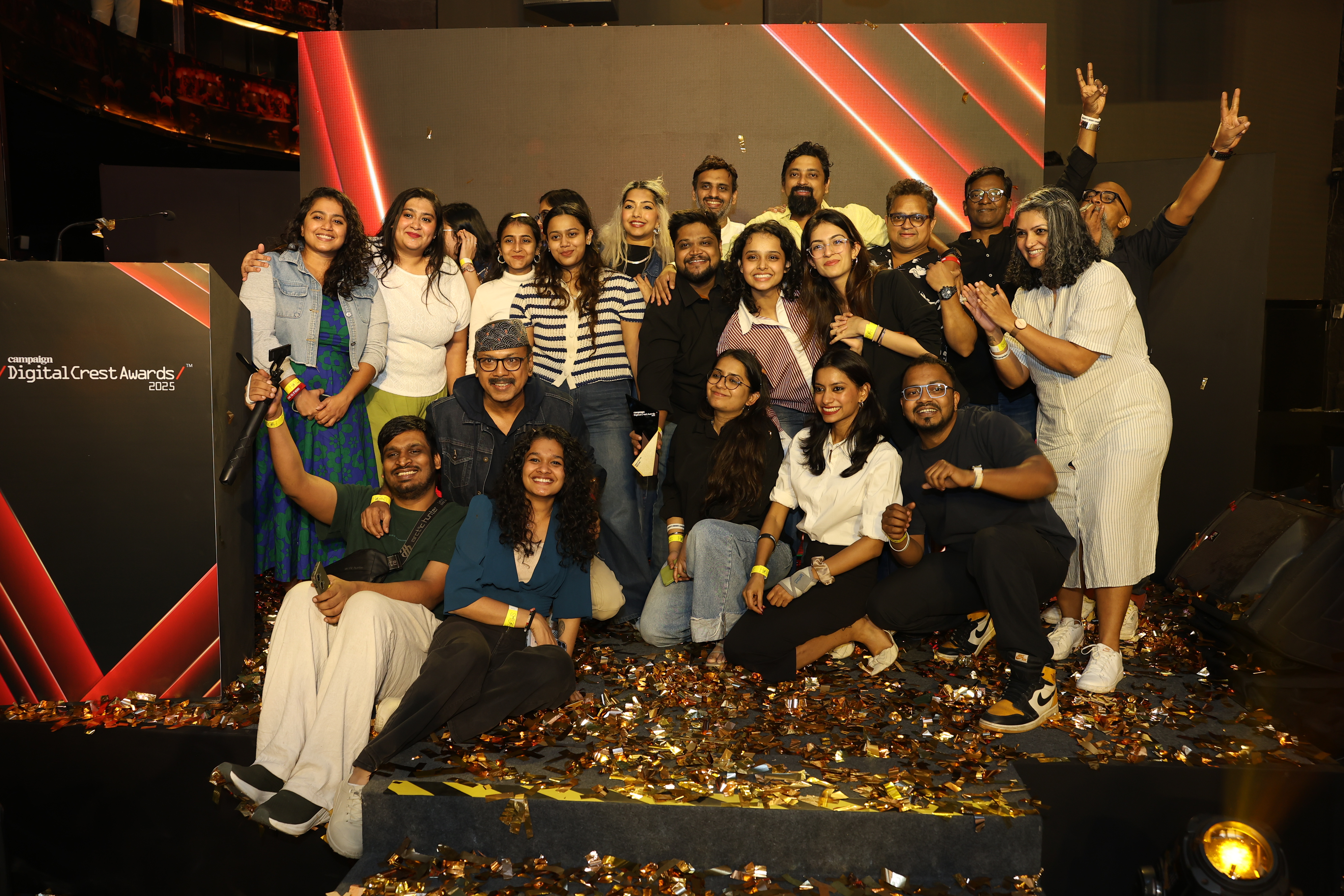This is the most difficult exercise that we go through each year: The Campaign India Agency Report Card. The first task is to make a list of the agencies – creative and media – that we will include in the list. The next step is to study all that each agency has done during the year. Finally, we evaluate their performance during the year vis-а-vis the state of the agency as at the end of the previous year. In a funny way, the Agency Report Card (ARC) is like playing handicap golf. The ‘scoring’ in the card is not vis-а-vis any other agency; it’s a measurement of your performance vis-а-vis your own performance.
That’s an unusual measurement. The Brand Equity Agency Reckoner, for example, is a ranking of the best as defined by research commissioned by Brand Equity – primarily a perception study of agencies and professionals in the industries. The Impact Person of the Year, is another perception study which is designed to identify the one individual whose performance makes him or her stand out.
That leaves the ARC the only exercise which looks objectively and subjectively at agency performances. There’s a scoring by the editorial team at Campaign India – and a scoring by each agency as well. This allows readers the ability to evaluate two points of view – and, with the benefit of the information provided, make his or her own assessment.
That’s what makes the ARC so different. You could find a small agency scoring, for example, an 8, while a larger one might have scored a 6, a 5 or even lower. In a ranking system, smaller and newer agencies have little or no chance of being in the limelight. The same is true of any perception study. Extraordinary instances of an Agnello Dias looking good will always be there, but, by and large, newcomers and youngsters will find the going difficult in perception studies.
Our international sister titles, Campaign and Media, publish the ARC as well, but with a difference. They include one element of information that we exclude: billings. We stay away from billings simply because of the fact that there is absolutely no way of independently arriving at billings and revenues. This is true not only of the network agencies; small independent agencies are difficult as well.
That makes the task of putting together the ARC that much more difficult. The future will see more and more agencies being born; therefore the future will require the editorial team to know more of more and more smaller, geographically displaced creative shops, digital shops and so on.
Which brings me to the digital area.
It is now abundantly clear that a number of digital-focused creative shops will grow exponentially in the years to come. They will play a large role in communication, eating more and more of the advertising pie.
That will be the big, big challenge for us – including digital shops in next year’s ARC. Including digital presents more problems than is immediately visible. A number of the network agencies do not feel the need to have a digital ‘division’. A number of the digital creative shops do media planning in the digital space as well.
And when you have campaigns that involve multiple agencies, how does one evaluate the contribution by each unless you are a fly on the wall during critical discussions?
I’m going to worry about that after 2009 is over.
Like most of you, I’m happy to see the end of 2009 and look forward to a far better 2010.
To all our readers, have a great year, from all of us at Campaign India.
Click on the appropriate agency below to see how they performed in 2009.
2. AMO
3. Allied Media
4. Bates 141
5. BBDO India
6. BBH
7. Cheil
8. Contract
9. Crayons
10. Creativeland
11. Draftfcb
12. Euro RSCG
13. Everest
14. Fortune
15. Grey
16. Happy
17. ideas@work
18. Interface
19. Iris
20. JWT
21. Law & Kenneth
22. Leo Burnett
24. Lodestar
25. Lowe
26. M&C Saatchi
28. Madison Media
29. Maxus
30. McCann Erickson
31. Media Direction
32. Mediacom
33. Mediaedge:cia
34. Metal
35. Mindshare
36. Motivator
37. MPG
38. Mudra/ DDB Mudra
39. Mudra Max
40. O&M
41. OMD
42. Orchard
43. Origin beanstalk
44. Percept H
45. Pickle
47. Publicis India
48. Rediffusion Y&R
50. Rk Swamy BBDO
54. Taproot
55. TBWA India
56. TME
57. Umbrella
58. W+K
59. Zenithoptimedia




